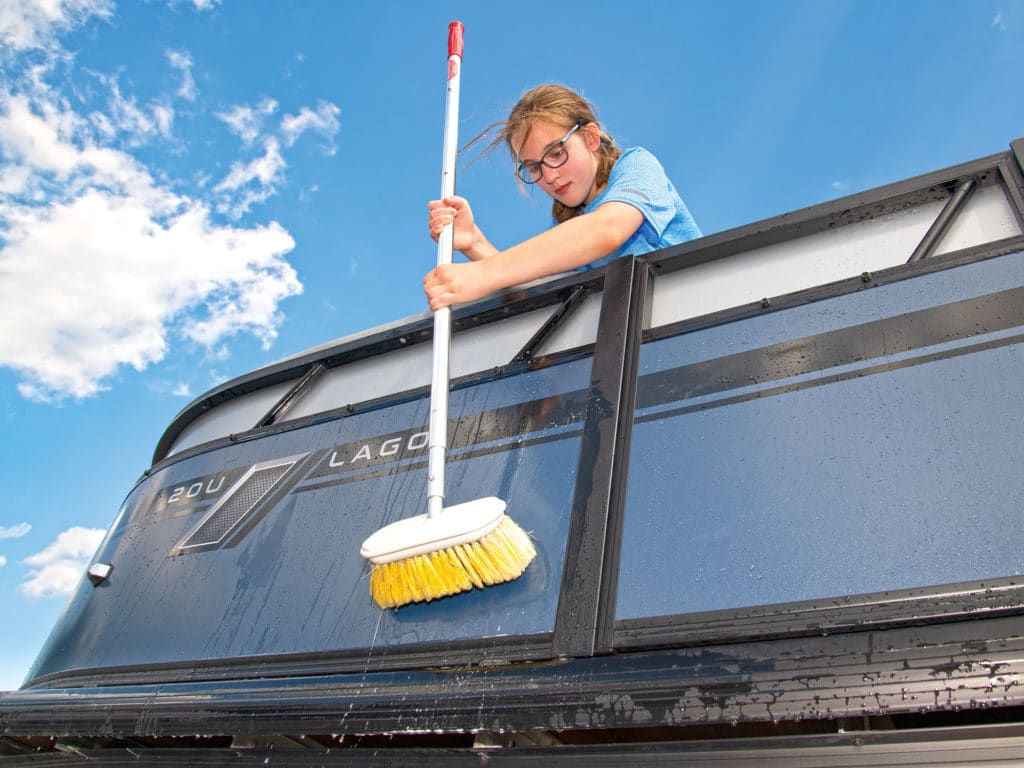Building a casting deck in an aluminum boat is a fantastic way to enhance your fishing experience, providing a stable and elevated platform for casting and fishing. Here is a detailed guide on how to create a casting deck that maximizes both functionality and comfort.
Planning and Design
Start by planning the design of your casting deck. Measure the area where you want to install the deck, taking into account the boat’s layout and available space. Determine the deck’s dimensions, ensuring it fits well and does not obstruct access to essential parts of the boat, such as storage compartments or controls. Sketch out your design, including any additional features you want, like built-in rod holders or storage boxes.
Materials and Tools
Gather the necessary materials and tools. For an aluminum boat, you will need aluminum sheets or plates for the deck, aluminum angle brackets or tubing for the frame, marine-grade plywood or composite material for the deck surface, and stainless steel screws or rivets. Tools include a drill, saw, measuring tape, marker, and safety equipment like gloves and goggles.

Frame Construction
5 Steps on How to Build a Casting Deck in an Aluminum Boat Construct the frame of the casting deck using aluminum angle brackets or tubing. This frame provides support and stability for the deck. Cut the aluminum pieces to the desired length and assemble them to create a rectangular or square frame that fits within the measured area of your boat. Use a drill and stainless steel screws or rivets to secure the frame together. Ensure that the frame is level and firmly attached to the boat’s existing structure, using additional brackets or supports if necessary.
Deck Surface Installation
Once the frame is securely in place, it is time to install the deck surface. If you are using marine-grade plywood, cut it to size according to your frame dimensions. For added durability and water resistance, you can seal the plywood with marine varnish or paint. Alternatively, you can use composite materials that are resistant to water and wear. Attach the deck surface to the frame using screws or rivets, making sure it is flush and secure. If you are using a composite deck material, follow the manufacturer’s instructions for installation.
Finishing Touches
Add finishing touches to your casting deck to enhance its functionality and appearance. Sand any rough edges to prevent splinters and ensure a smooth surface. Install non-slip decking material or paint the deck with non-slip marine paint for added safety. Consider adding features like rod holders, cup holders, or a small storage compartment for tackle and gear. Ensure all fixtures and fittings are securely fastened and that there are no sharp edges or hazards.
Building a casting deck in an aluminum boat involves careful planning, precise construction, and attention to detail. By following these steps, you will create a functional and durable casting deck that enhances your fishing experience and provides a stable platform for casting and reeling in your catch.

